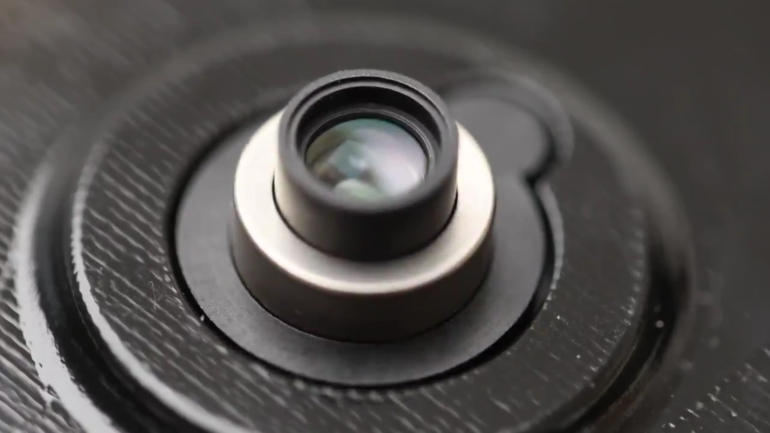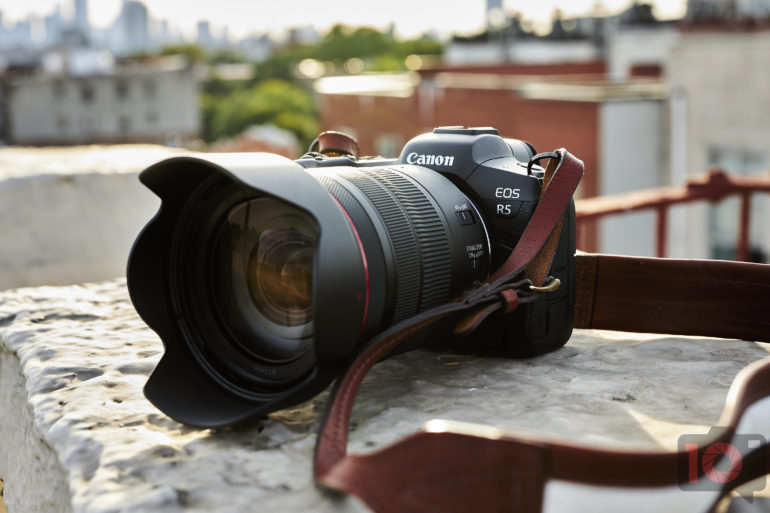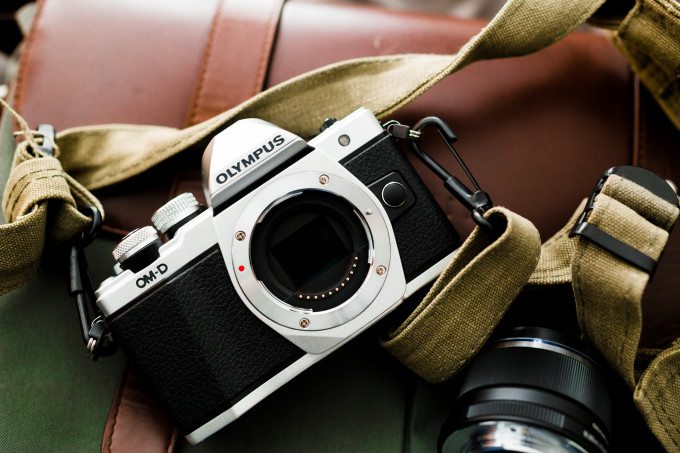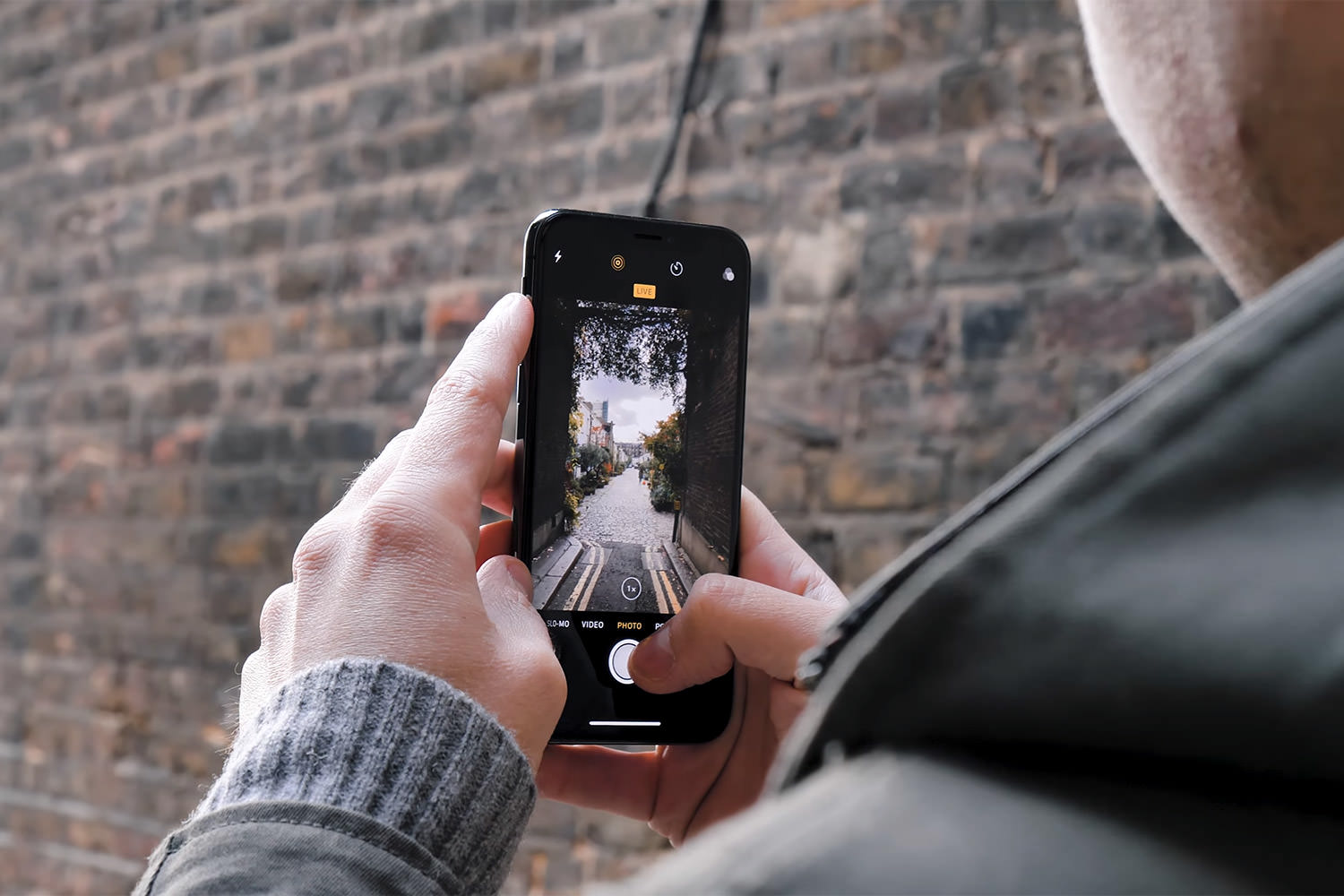Cameras in smartphones are getting better all the time, and now Xiaomi’s new smartphone lenses could push mobile photography even further.
There’s a storm coming, and it’s making a beeline for the camera market. Sure, the photography world has weathered many smartphone powered storms. However, thanks to Xiaomi, this storm could do more damage than ever before. The Chinese smartphone giant has just teased two new retractable smartphone lenses that could take mobile photography to new heights. With the camera market still trying to find itself after the rise of smartphone photography, camera manufacturers may have to go back to the drawing board again. Let’s talk about this after the break.

First of all, I’d like to say that we are blessed to be living during a time of such technological greatness. We have devices in our pockets at all times that can capture great photos. This is a wonderful thing for photographers and other creatives. The advancements in mobile tech, though, are not so great for dedicated camera manufacturers. The camera market has been in a sharp, rapid decline since 2013. The decline in camera sales doesn’t appear to be ending any time soon. A recent report on Engadget sheds light on some new tech from Xiamoi that could make things worse for camera makers. What’s the new tech? Two new retractable smartphone lenses that could put the final nail in the coffin of consumer-grade cameras.
Table of Contents
Smartphone Lenses Are Going Where They’ve Never Been Before
The two lenses are a 120mm equivalent wide-aperture lens and a 50mm tele-macro lens. The two lenses are still in testing, but we’re sure that smartphone lenses like this will be with us before too long. Smartphone lenses like this are fantastic for consumers. Being able to whip out a phone to capture macro images will be fantastic. A 120mm wide aperture lens will be perfect for portraits—what a time to be alive. The dedicated camera market will suffer, though.
The cameras we carry in our pockets will soon be the only one the vast majority of the population will ever need. You could even argue that this is the case now. The need for the average person to carry a dedicated camera is far behind us now. Going forward, this could easily affect us as professional photographers.
Start Saving Those Pennies

As photographers, we generally think about the latest and greatest cameras from Canon, Sony, Nikon, Olympus, Fujifilm, and others. The Canon EOS R5, the Nikon Z6 II, the Sony a7r IV, the Fujifilm X-T4. These are the cameras we think about. However, we tend to forget about the point and shoot and entry-level cameras. The decline in these cameras’ sales to consumers, thanks to smartphones, has had the greatest impact on the declining camera market. While you think this likely won’t impact you, I think you could be wrong.

The bulk of camera sales for Panasonic, Nikon, Olympus, and others came from consumers snapping up cheap Nikon Coolpix, Panasonic Lumix point and shoots, and Olympus E-PL type cameras. Those days are almost gone and soon will vanish entirely. That means a huge income source for these companies will disappear. They’ll need to make up that income in other ways. We’ve already heard Canon say they will only focus on high-end gear going forward. The new owners of Olympus cameras, JIP, have also said the same thing. Others will follow suit as it’s the only way for them to stay sustainable. Big changes will likely be coming to the camera market soon.
The End Of An Era

With the consumer end of the camera market dying, the professional camera segment will need to pick up the slack. You’ll find that dedicated cameras will probably become luxury items. So, I would not be surprised to see the prices of the cameras we use in our professional lives increase. Once again, if you think the end of the consumer camera market won’t affect you, you’re wrong. Still, the rise of mobile photography is a great thing for the masses. So many people are being introduced to photography thanks to phones, and that’s a great thing. The new smartphone lenses from Xiaomi will likely be game-changers too, and they may just inspire many to become professional photographers themselves. However, just be prepared for the camera market to shift in the coming years.
So, what do you think about the new smartphone lenses from Xiaomi? Are you excited about mobile and smartphone photography? Are you prepared to pay a bigger premium for dedicated cameras? Let us know in the comment section below.


